From Dark Arts To Charts: How To Sound Like The Dust Brothers
Matt Simpson and John King aka The Dust Brothers are known for their hit productions and some of the most creative use of sampling in music history.
The Grammy award-winning duo initially formed in 1985 through their mutual love of Hip-Hop and began writing and producing music for artists like Tone Loc and The Beastie Boys in the years that followed.
Their uniquely meticulous approach to music production would earn them cult status in different spheres of pop culture with albums like Paul’s Boutique (1989) by The Beastie Boys, Beck’s Odelay (1996), and the OST for David Fincher’s iconic Fight Club (1999) film adaptation.
Moreover, the ingenuity of the Dust Brothers reached far beyond cultural niches. As a collaborative production team, they built a reputation that allowed them to work with some of the music industry’s household names.
Over the course of the 1990s, they worked on projects with the likes of Vince Neil (Mötley Crüe), The Rolling Stones, and Carlos Santana, and even produced the incessantly popular Hanson brothers’ hit, MMMBop in 1997.
The Sound of The Dust Brothers
Simpson and King amassed a vast collection of vintage analogue equipment throughout their careers. This included keyboards, samplers, and plenty of rare outboard gear too. They acquired The Boat Studios in Silverlake, Los Angeles in 1997, which they used as a base of operations until 2003 when they decided to transform it into a commercial studio.
Atop of an endless gear list, The Boat was equipped with a custom 1969 Neve 8028 console and a vintage MCI JH114 tape recorder. Let’s find out more about some of the instruments and gear that shaped the sound of The Dust Brothers over the years.
E-mu Emax HD
The approach to sampling used on Paul’s Boutique was far more intensive than any other album of the era and paved the way for so many great artists and producers that followed. The album cost around $1 million over the 18-month period it took for completion, including $250,000 in sample clearance fees.
Almost the entire album production was done with the E-mu Emax HD, an 8-voice 12-bit sampler released in 1986. This advanced sampling workstation was perfect for the layered, collage-style beats on the album. Where previously you may have heard one or two samples used in a Hip-Hop instrumental, some of the songs on Paul’s Boutique were almost entirely comprised of samples.
From The Beatles to film scores like Psycho and Jaws, the Emax HD provided the perfect lo-fi texture, and its 8 individual outputs offered enough flexibility for this more adventurous production style. As a modern alternative, the Elektron Digitakt offers huge creative potential with its sequencing features and gritty effects.

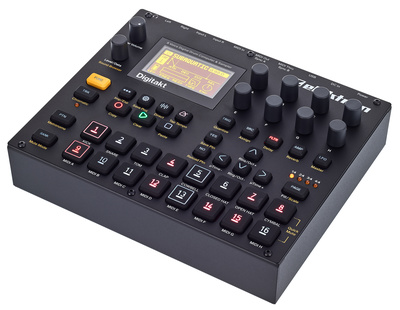
AKAI MPC 60
The Dust Brothers made use of many different samplers over the years including the Roland F-10, the AKAI S900, the E-mu SP12, and the Roland S-770. However, they kept going back to the AKAI MPC series samplers repeatedly for the sound, workflow, and unique feel.
The MPC 60 continued to be used in projects even later on in their long-standing collaboration with Beck, along with the MPC 2000, 3000, and 4000 samplers. Whether it was calling up old ideas from the archives or adding detail to groove patterns, the MPC provided a creative platform that they later replaced with Reason and Ableton Live.
If you’re looking for a compact sampling workstation, the Blackbox from 1010music packs plenty of power for its size and provides a decent modern alternative to the MPC approach to beat-making.

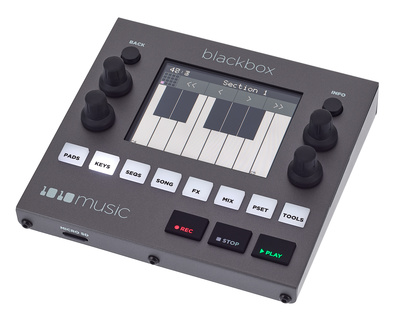
Soundcraft Spirit
There were often times when projects overlapped and The Dust Brothers used their home studio in Silverlake for creative processes like songwriting and tracking. All the songs from Beck’s Odelay were tracked here on their beloved 24-channel Soundcraft Spirit mixing desk.
For a relatively compact desk, the Spirit still has a wealth of routing options including 8-buses, 4 aux outs per channel, and two mix inserts. Beck saw the value in using sampling and also enjoyed exploring a wide range of different instruments, so this provided the perfect creative platform for the collaboration.
The might not sound quite like the Spirit series, but Soundcraft still makes decent analogue desks these days in the form of the Signature series mixers. With decent preamps, sends, buses, and built-in effects you have plenty of creative room to play with.

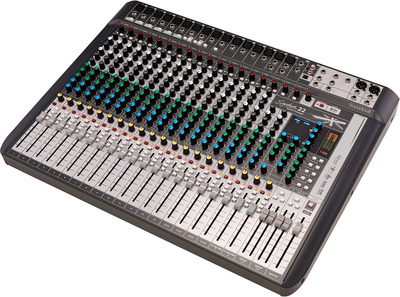
Wurlitzer Electric Piano
The Fight Club soundtrack is littered with samples, loops, and hooks from records, classic synths and drum machines, and The Dust Brothers’ library of previously recorded artists and musicians. However, the distinctive sound of the electric piano chords and melodies ties the whole score together.
At The Boat, The Dust Brothers’ keyboard collection included both Rhodes and Wurlitzer electric pianos, organs, and the Mattel Optigan keyboard organ which used a similar design concept to the famous Mellotron. Although traditionally associated with Soul and RnB, The Dust Brothers managed to recontextualize the Wurlitzer sound with great songwriting and creative use of effects.
The Viscount Legend is a worthy modern option, with a physical modeling engine and the option to expand with additional modules.

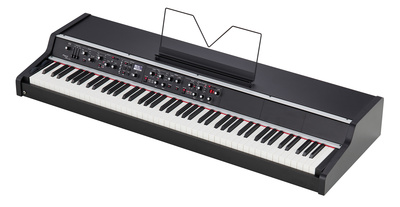
AKG BX10
Another rare piece of gear in the collection at The Boat Studios, was the AKG BX10 spring reverb unit from the late 1960s. It sounds incredibly rich, detailed, and spacious for a spring reverb and many regard it as one of the best reverbs of its kind ever produced, along with its bigger brother, the BX20.
The BX10 has two independent reverb channels, each with decay, treble, bass, and mix controls. This gives you plenty of options to shape the sound and place it creatively around your mix. It sounds, great on synths, guitars, drums, vocals, and pretty much anything else you can think of.
To use this vintage effect in a modern DAW context, UAD does an excellent plug-in version of the BX20 which is available natively without a subscription.
What are your favourite instruments and studio gear picks used by The Dust Brothers? Please let us know in the comments below!
More about The Dust Brothers:
- Mike Simpson’s official page
- More sound-alikes
- Everything vintage
Videos:
You are currently viewing a placeholder content from YouTube. To access the actual content, click the button below. Please note that doing so will share data with third-party providers.
You are currently viewing a placeholder content from YouTube. To access the actual content, click the button below. Please note that doing so will share data with third-party providers.
*Note: This article contains promotional links that help us fund our site. Don’t worry: the price for you always stays the same! We will receive a small commission if you buy something through these links. We appreciate your support!
One response to “From Dark Arts To Charts: How To Sound Like The Dust Brothers”
 2,8 / 5,0 |
2,8 / 5,0 | 

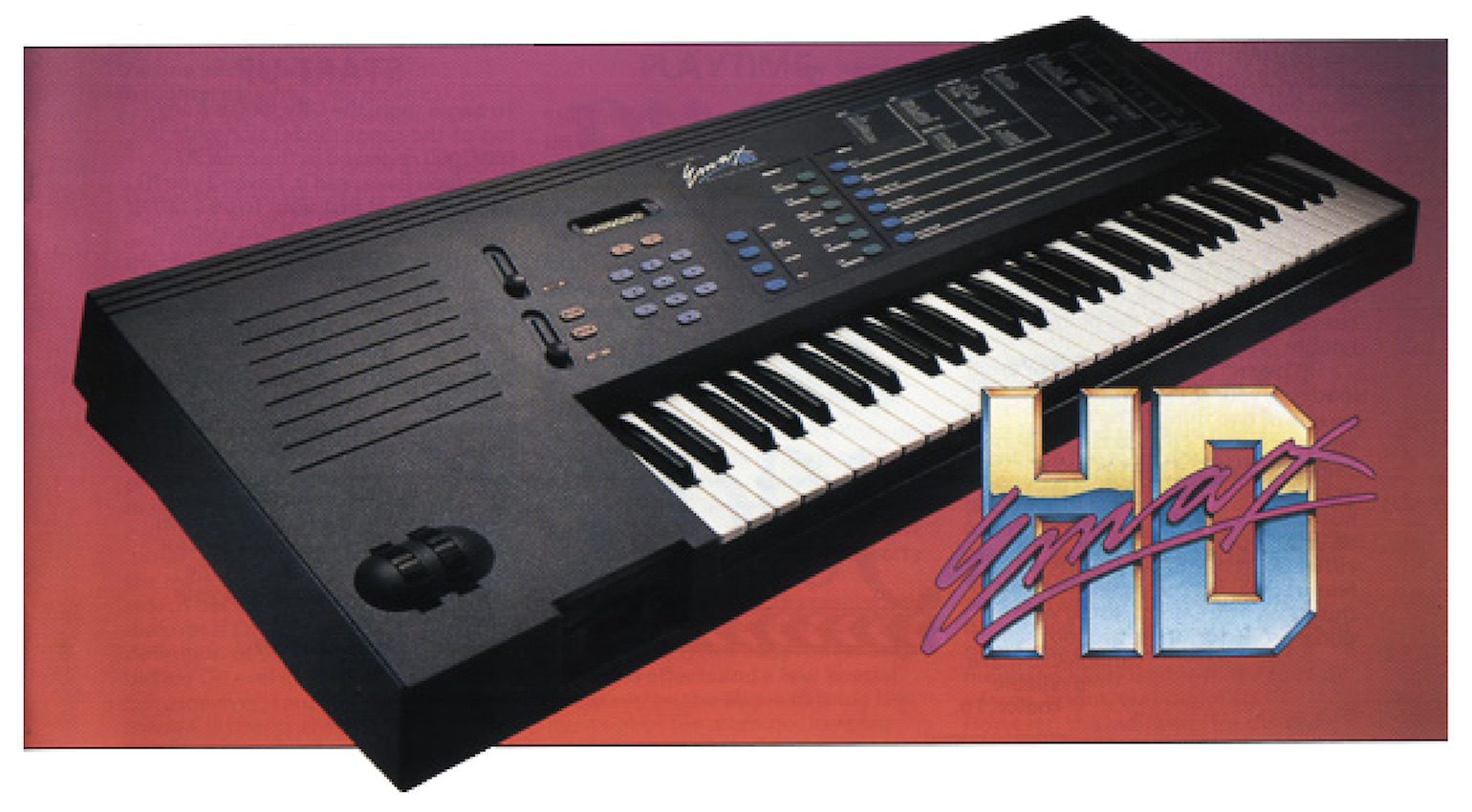

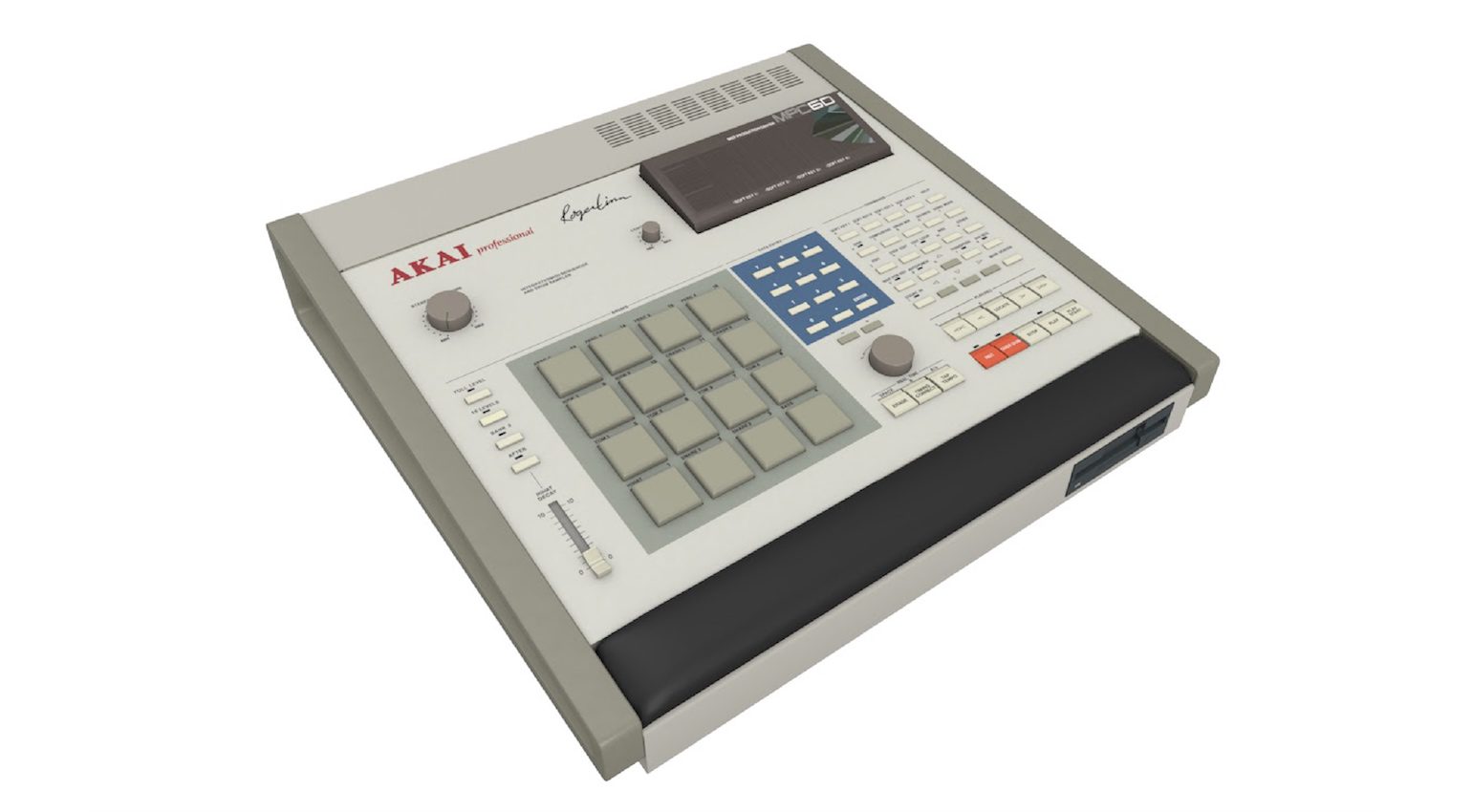
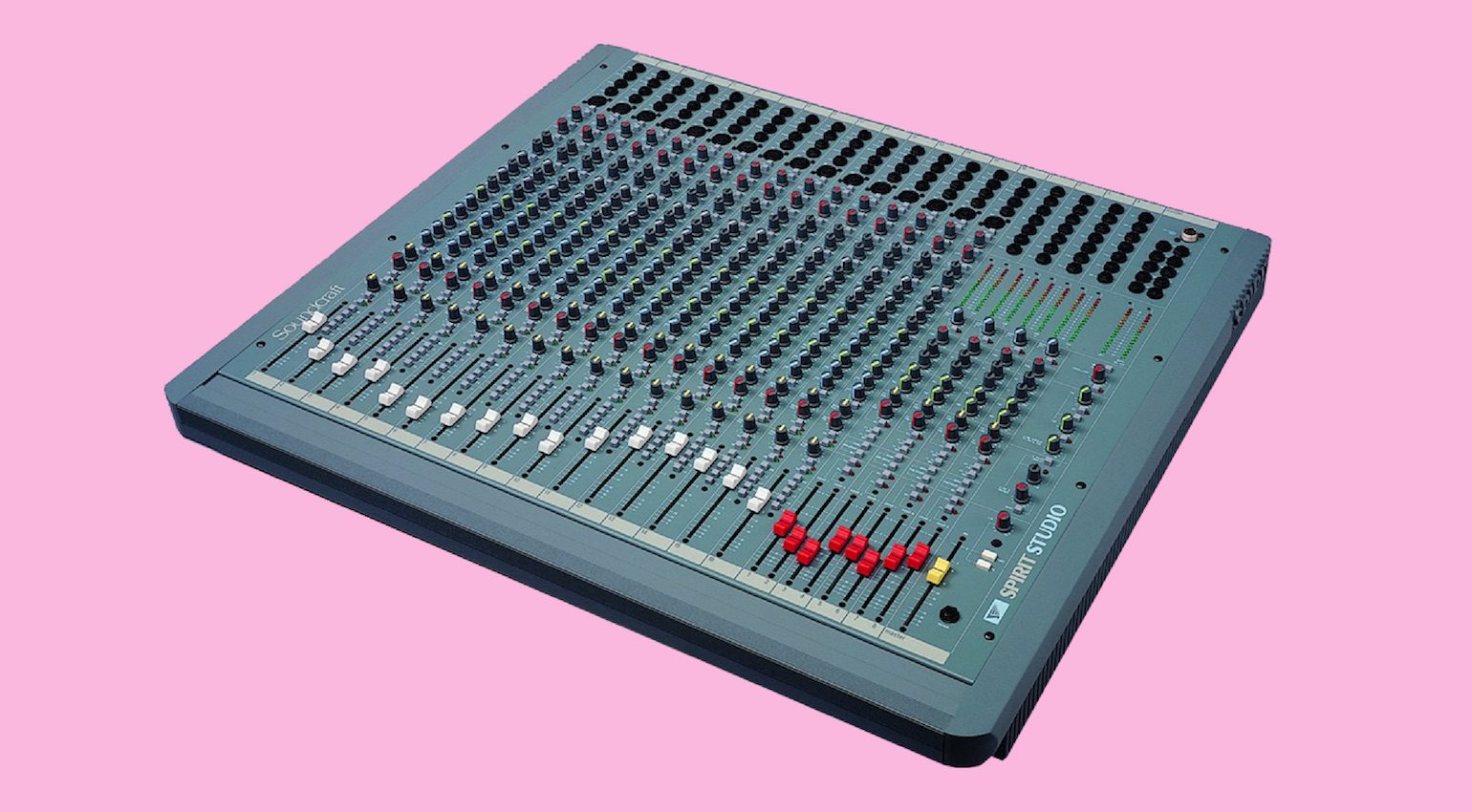

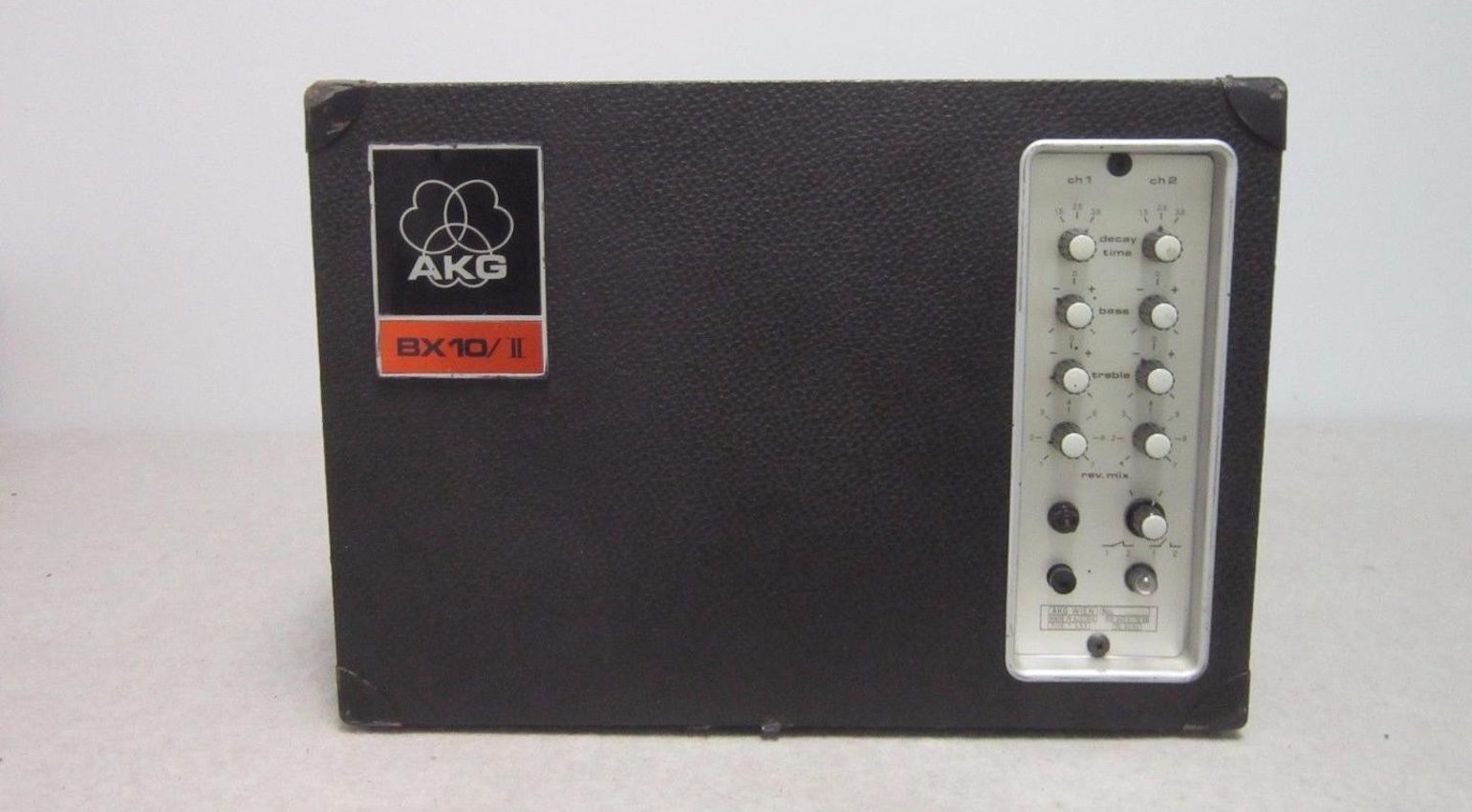


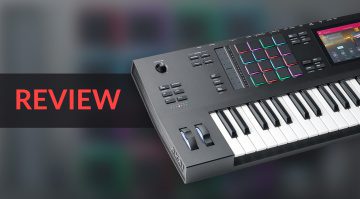
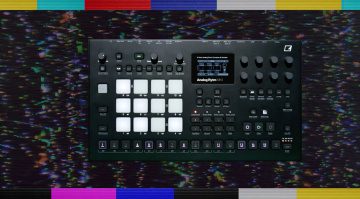
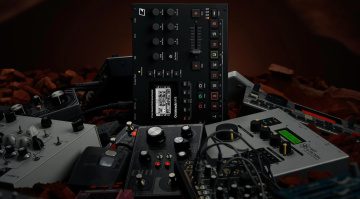
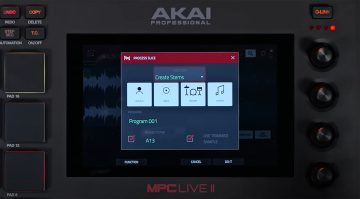

From Odelay until around 1998 they used SampleCell on the Apple (they didn’t own an MPC to my knowledge). This worked with StudioVision and SoundDesigner was used to clean up samples. Later in 1998 Pro Tools looping was used. Most of their work together was not done at the Boat but was instead at a home studio on Panorama Terrace in Silverlake a few blocks away from the Boat. At the home studio there were three pro tools rooms going.